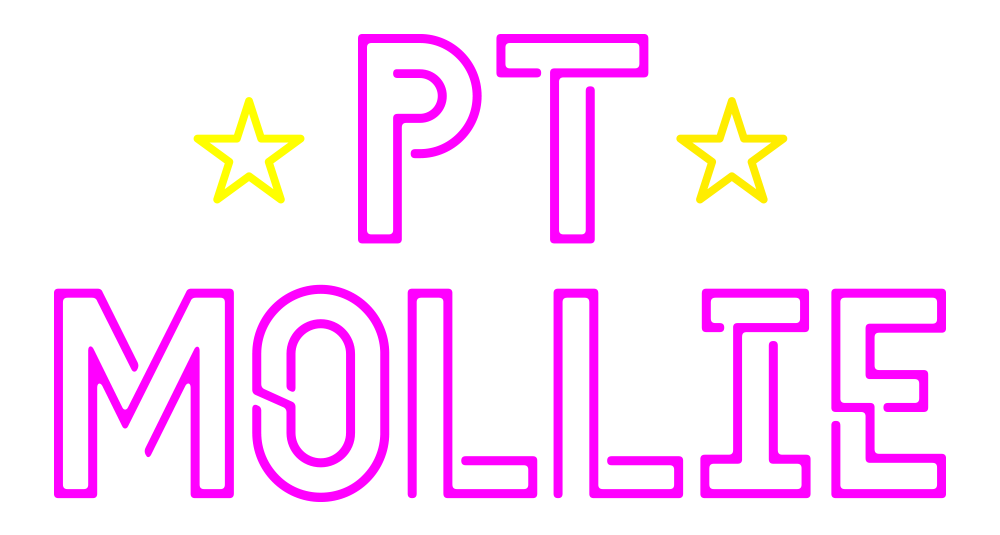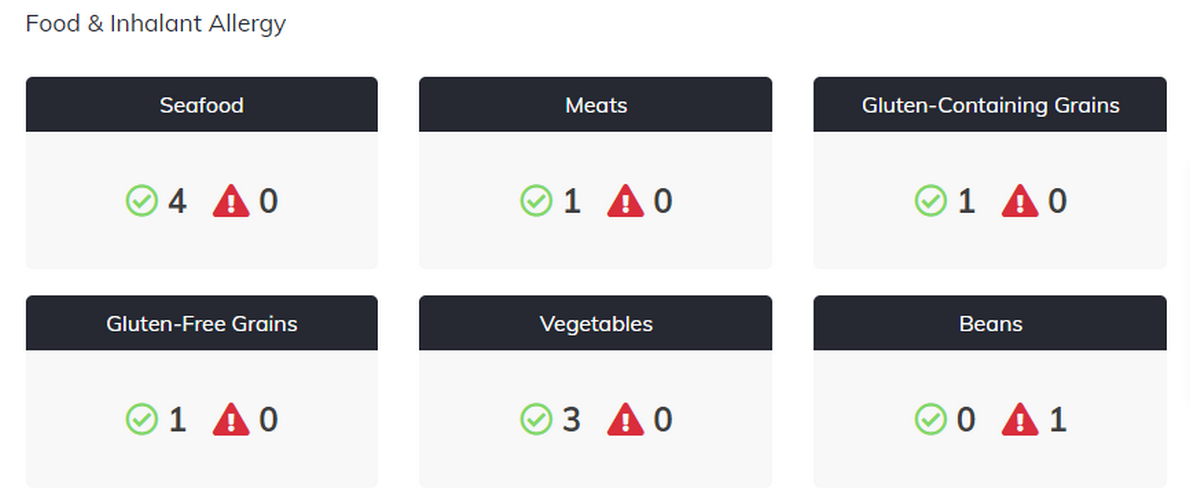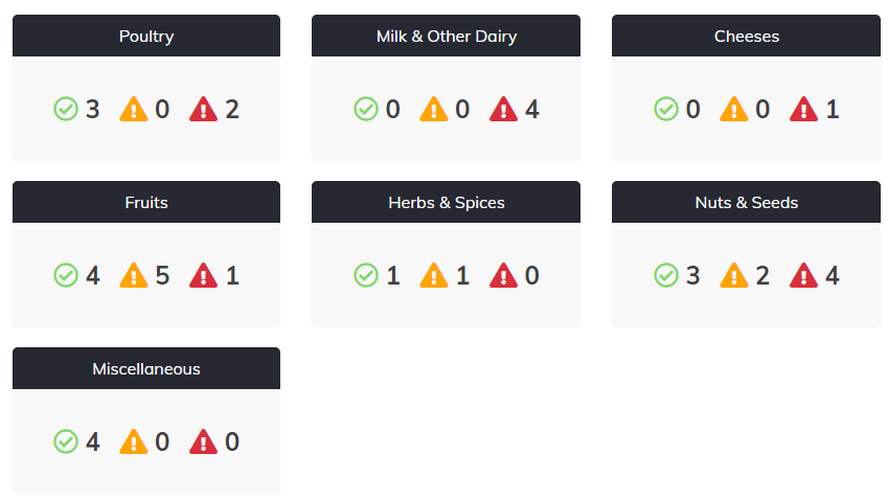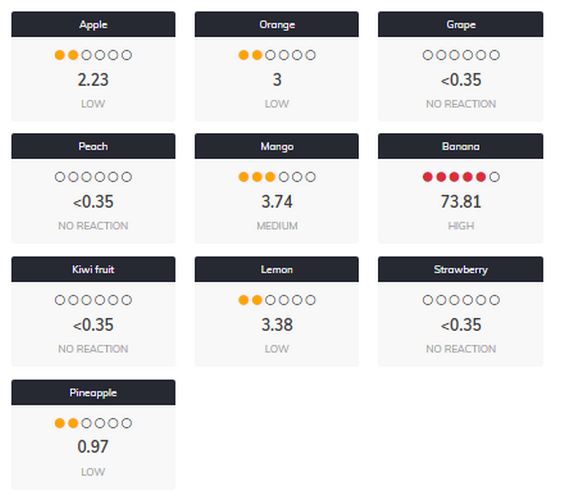When I run, I have several issues to worry about. One of them is how much my nose runs, which causes an annoying cough that tends to concern everyone I am running with (I assure you that I am ok and just as annoyed about my cough as you are). The other is trying not to go to the bathroom while I run. It looks like caffeine, along with my cough, tends to induct stress incontinence (something I have talked about previously here on the blog) upon occasion when I run. Currently, I am working on my core and pelvic core strength to help with this. The other problem I often have is a runner’s tummy, which causes my stomach to gurgle and me to worry if I can make it to the next available loo or have to pull a Paula Radcliffe on the side of the road. Through trial and error, I have now developed a morning routine to fuel early morning runs. It involves have porridge at least 2 hours before my run, followed by a nap, a trip to the loo, and then quite possibly another loo stop along the route. Wearing a bum bag on my back tends to accelerate my digestion, so now I wear it on my hip or choose a running vest instead. Interesting, huh?
When lifelab testing offered to provide a complimentary complete body test, I was both curious and relieved. Maybe now I could get to the bottom of what causes me all of these issues. I would do almost anything to be a runner that never wees themselves, doesn’t plan routes according to public loos, never has a runny nose, and can hear what other people are saying. But alas, I will never be normal. I could only hope the results would offer some incite into what my body prefers and doesn’t like.

lifelab testing offers several different test kits:
- Basic intolerance test
- Basic allergy test
- Complete intolerance test
- Complete body test
- MyDNA test
(BTW lifelab testing is having a 25% off offer using the code VALENTINE until 20/2/20. Pretty sweet, huh?)

Within a day or two or requesting my kit, it arrived with instructions and all the kit you need. You need to prick your finger to send 300 uL of blood back to the lab for IgG and IgE testing. Due to postage delays and sending the sample at ambient temperature, life lab testing suggests collecting and sending you sample on a Monday or Tuesday. This ensures your sample is processed in a timely manner and doesn’t degrade with any delays. I strongly suggest you also follow their instructions on how to get blood flowing to your fingers. I had to prick four fingers to get enough blood but I think this may have been due to my mild clotting disorder. I ran my finger under warm water, swung it in the air, massage the palm and finger, etc as the kit instructed. Luckily, I had a sterile needle in my foot blister kit from the Wadi Rum Ultra to help me finish the job. Another tip is that you also need to press the lance very hard for it to penetrate the skin (I didn’t do this on my first try and therefore wasted the lance. Luckily, two lances are included in the kit. Probably not a good idea to use something else.). I sent off the sample on my way to work and had the results via email within a week’s time.

lifelab testing requires you to create an account which includes your results. Alternatively, the report can be downloaded as a pdf. There are two important sections in my report: allergies and intolerances. You can read more about the difference between the two here. Allergies (measured by IgE levels in blood) tend to be a quick response that can be as extreme as anaphylaxis, and a food intolerance (measured by IgG levels) is when the body has trouble digesting something which results in discomfort hours or even days later.
I was surprised by the by some of the results. For example, I had a mild allergic reaction to soy (which is in lots of processed foods?), dog hair (no!!!!!!), horse hair, cockroaches, and almonds. These were all low on the sensitisation scale which is a bit reassuring. To the best of my knowledge, I do not react in a typical allergic way to these items (sneezing, cough, tingly lips, closed throat, etc). With my runny nose and cough, I thought I might be allergic to pollen or grass but these results were negative (guess it is just me then, or exercise-induced rhinitis).
The intolerance tests highlighted a lot of food that I might have trouble digesting. Each person’s body responds differently though, meaning that a high intolerance score does not necessarily manifest in physical symptoms. The table below summarizes my intolerance to various gluten-containing grains.
While not ideal, it is becoming easier and easier to avoid gluten and wheat products. However, I also tested for high intolerance to quinoa and amaranth, leaving only buckwheat and rice for me to enjoy. Other high intolerance levels were noted for:
- soy
- green beans
- egg white
- egg yolk
- milk and other diary (casein, cow’s milk, sheep’s milk, and goat milk, gouda cheese)
- bananas
- almonds
- peanuts
- walnuts
- cashew nuts
There are 16 other food items not mentioned that I have low level intolerance for. Many of the foods on the list are staples for runners. Ironically, I am not allergic or intolerant of any seafood (remember I am a marine biologist by training). Originally, my intention was to eliminate the foods that might be causing me trouble to see if I can determine how they effect me when re-introduced. Lifelab testing recommends eliminating any foods that are flagged in the allergy section (almonds and soy but I will not give up on dogs) and then performing an elimination diet. They also offer optional nutritional therapist session to coach you through it. A paleo diet or the Whole 30 seems best suited to my results but also requires a lot of commitment, planning, and negotiating with my flexitarian husband. Could I live without eating another apple or orange if it means no more stomach upset or bloating?
What’s next for me? As Tokyo Marathon is only a few weeks out, I am going to carry on as normal. Once I am back, I will start to eliminate gluten and wheat. Once I have a handle on that, I might try milk too. It seems weird to not have peanuts or almonds, but if I want to feel more energetic, less bloated, and run without the stress of runner’s tummy, then I need to give these results a chance. The good news is that I don’t have to give up Kraft Mac-n-Cheese but just know it will probably make me feel like crap for a few days.

What food(s) could you not live without for your active lifestyle? For example, peanut butter, bananas, porridge….
Thanks for lifelab testing for the complimentary test. All opinions are honest and my own.





Recent Comments